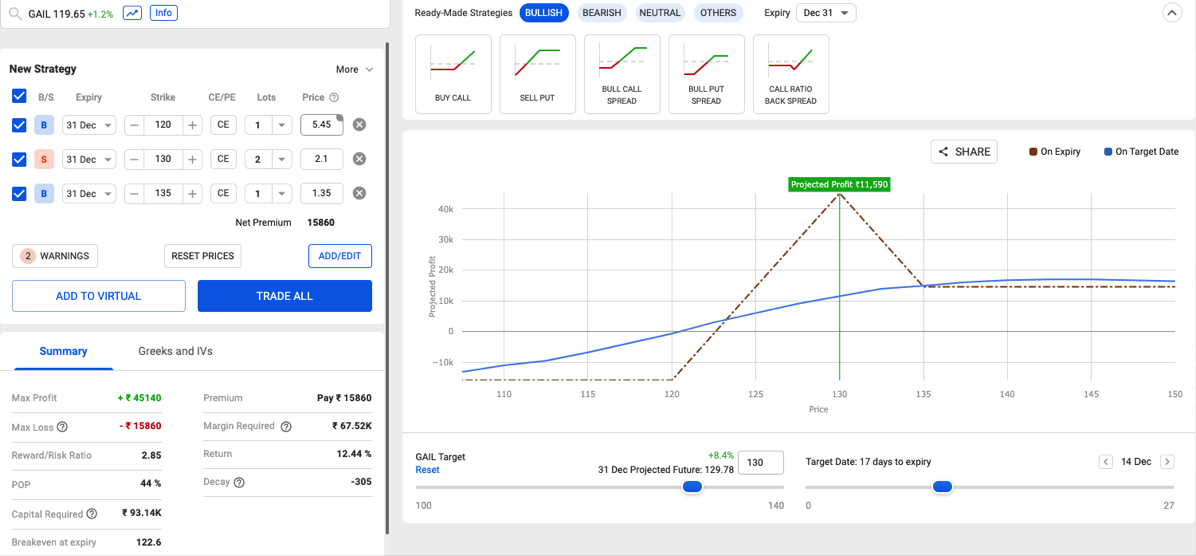In the markets…
… actions are decisions.
No decision taken means no action.
Well, no action is also an action.
Ok.
However…
… eventually …
… to generate wealth …
… or income …
… we are confronted with decisions.
I’m not afraid to act, upon seeing a confluence of supportive indications.
If I were afraid to act, well, I could have just sheer chosen another line, but would have been confronted with the same deficiency, there too.
Acting upon enhanced win probability should do away with any fear.
However, there’s always that thing before trigger-press.
What if I’m wrong?
Let’s not be afraid of being wrong.
We’ll take our stop and then we’re done with this action, now looking at implementing another action.
Our ability to take the decision for this other action, and for all future actions should remain intact.
How do we ensure that?
When we’re wrong, let’s be wrong small.
Then let’s move on to whatever new action is coming our way.
If we let ourselves be wrong big, that, my friends, is crippling.
Let’s not cripple ourselves.
Crippling does away with the capability to act further.
Now, decisions are a fry cry.
The day becomes heavy.
Nights …
… well …
… sleepless.
That’s not going to happen to us.
Why?
As traders, will do everything in our capability to stop a big loss from happening.
How?
Losses are small in the beginning.
Let’s define their limit.
If you want to take it trade by trade, fine. Each trade has its own dynamics. However, small nature of stop remains common. Define what is small for you.
How?
My formula – anything that stops the day from becoming heavy and the night from becoming sleepless. For me, that’s small. You decide your formula. Whatever works for you, take it.
This is called process.
We follow process.
We don’t focus on profit and loss.
We focus on process.
We want to get our process correct, day in, day out, forever.
Losses will follow. They will be taken small.
Profits will follow. We will allow these to become big. Though that is a difficult one, we will need to learn to, because without this one thing working for us, we won’t be long-term profitable.
Here’s a formula regarding letting profits run.
After a profit has touched 3 x your stop, allow 50% breathing space. If this is squeezed completely, exit with small profit. If underlying inches higher, inch your stop upwards, always allowing for breathing space. At 4 x you can allow 40% breathing space, at 5x 30%. Etc. Make your own formula that allows profits to burgeon.
Wishing you lucrative trading and ample wealth creation!
🙂


